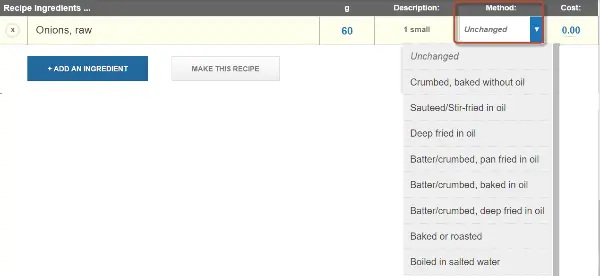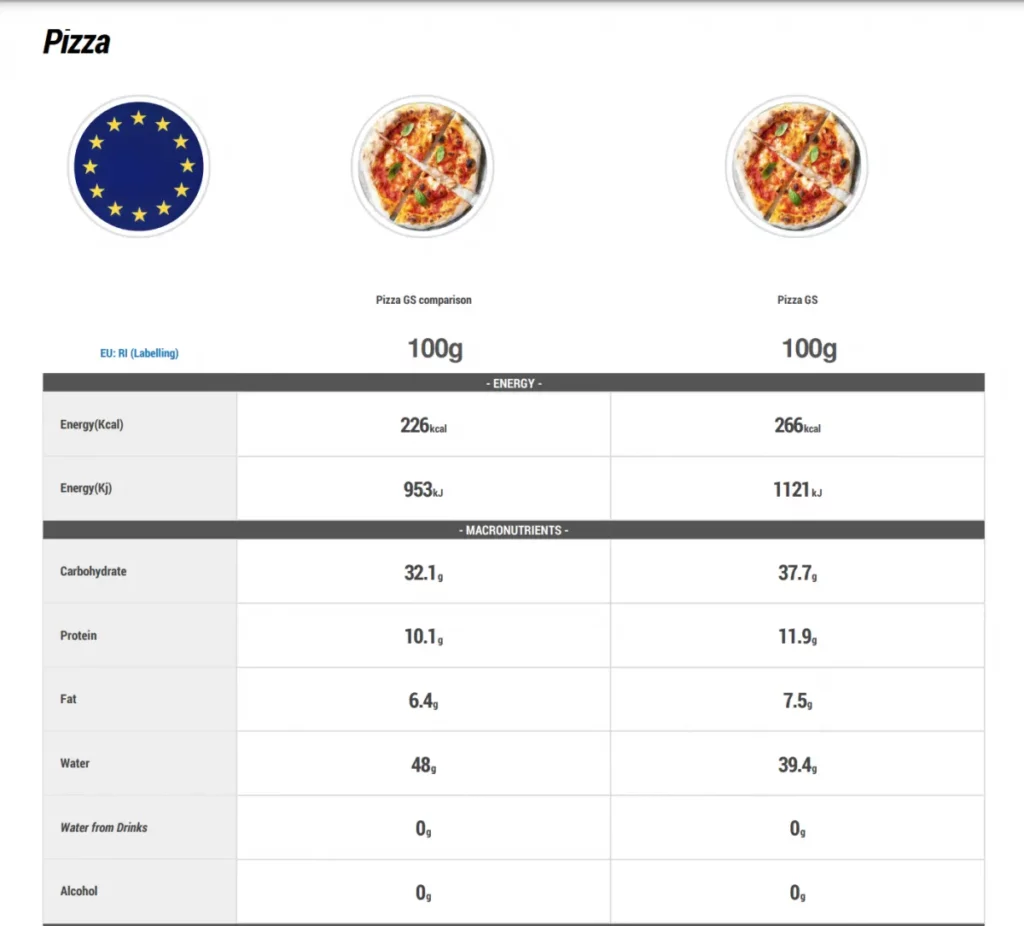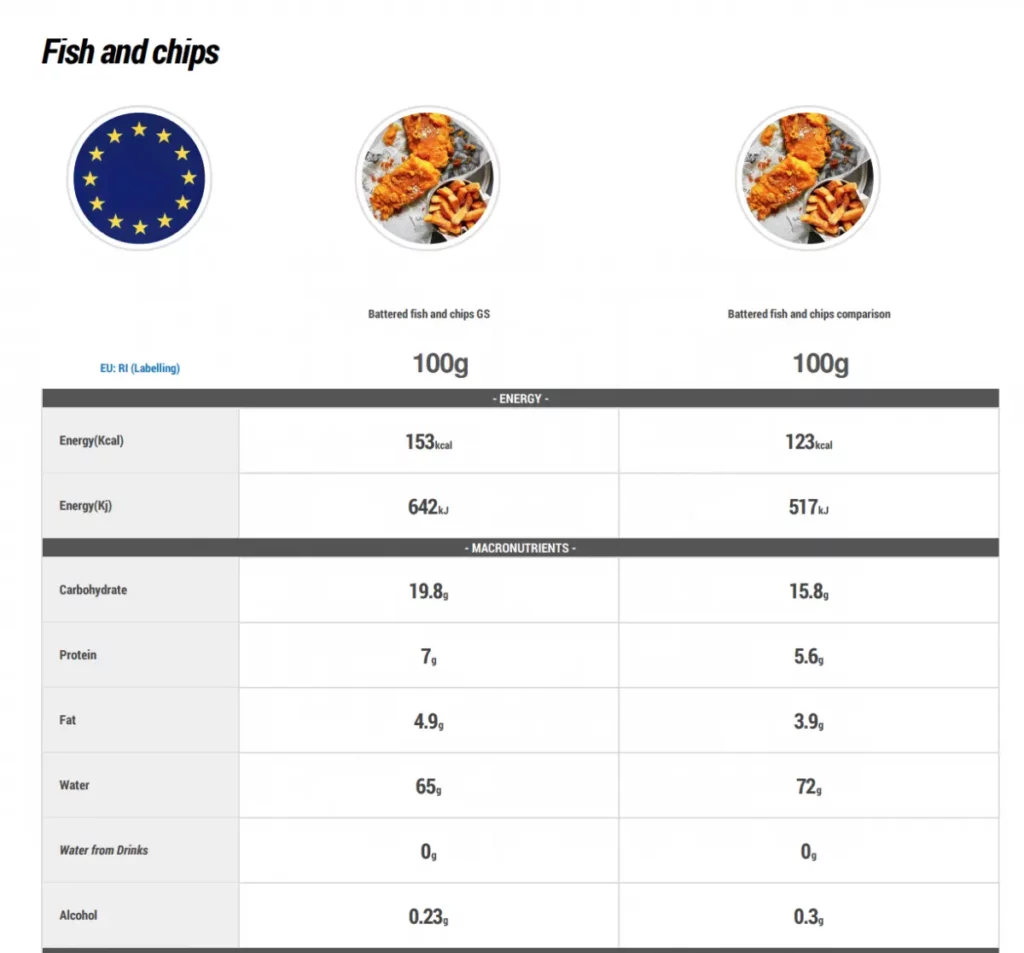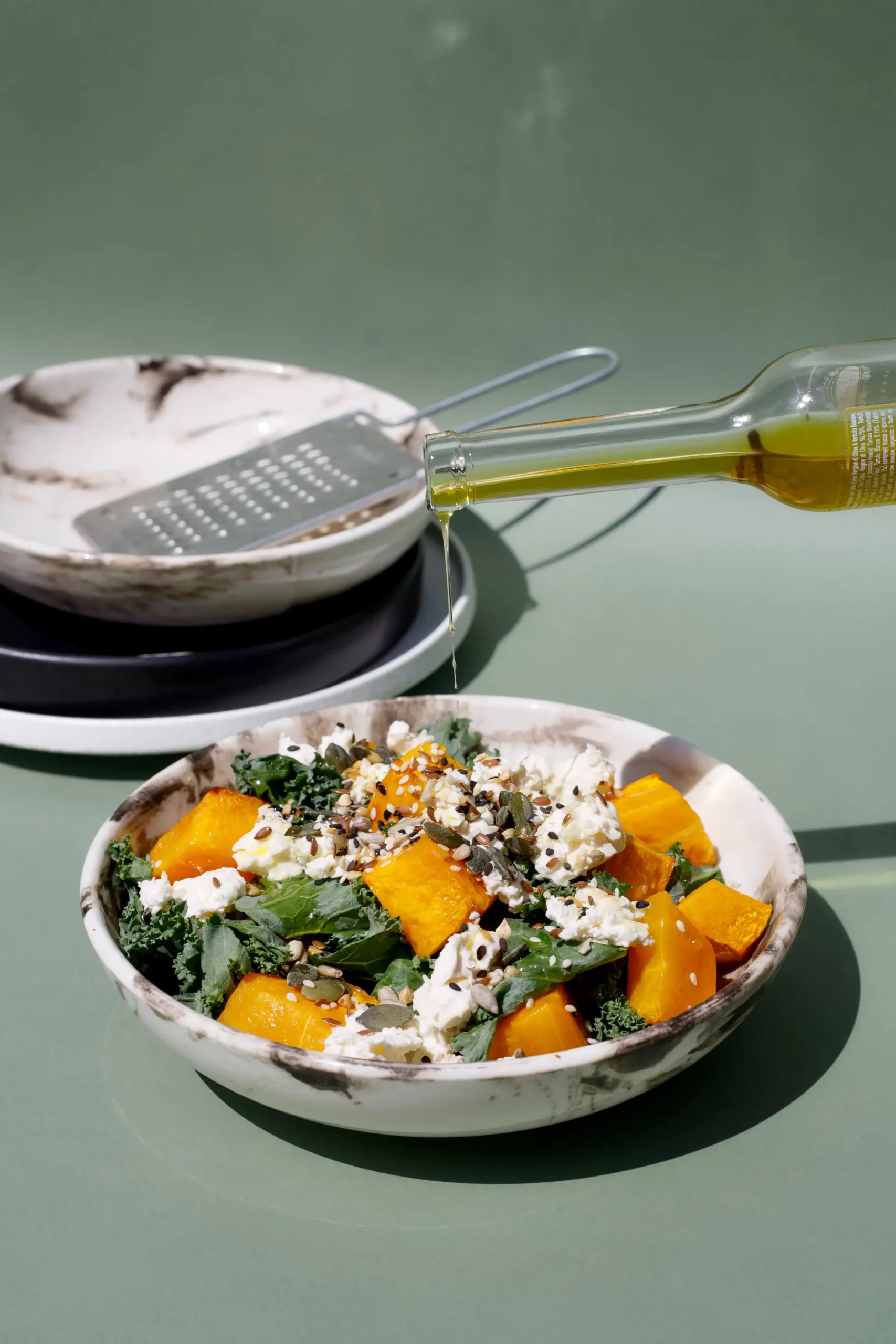Nutritics is currently the only organisation in the world to have been awarded the Gold Standard Recipe Calculation Accreditation by the European Food Information Resource (EuroFIR).
This accreditation endorses the accuracy of our labels, which are developed from recipes that use best practice and industry standard data to automate expected changes to nutrients from weight changes and nutrient losses during preparation and exposure to heat.
Factors that alter nutrient content during preparation:
- Weight change during preparation (Yield factors)
- Losses of nutrients during preparation (Retention factors)
How do I account for water loss?
Weight changes caused by moisture loss are applied on the total recipe level in the modifiers box of the recipe workspace. Nutritional information, calories, allergens, costings and claims are generated in real time as you add foods to your recipe.
It is always best to obtain an accurate recipe yield by weighing the final recipe after cooking, however, this is not always practical. In situations where weighing isn’t feasible, Nutritics has you covered! We provide estimates of weight change factors that can be used, when actually weighing the exact weight change isn’t feasible. Weight change is particularly important with dishes like rice or pasta which can have significant differences between dry and cooked weights due to water absorption. You can find more information on weight change factors here.
How do I account for nutrient loss?
Losses of nutrients during preparation are accounted for at the individual ingredient level by applying cooking methods to each ingredient within a recipe. Accurate indication of micronutrient composition can be of particular importance to clinical patients who need to closely monitor consumption of nutrients such as vitamin B12 or vitamin C. Inaccuracy can be avoided by adding raw ingredients to a recipe and selecting the correct cooking method from the dropdown, as shown in the below picture.

Gold standard recipe calculation in practice; does it really make a difference?
In a recent evaluation by Nutritics, the nutritional outcome of recipes were compared using both our weight change factors and cooking methods and without. Significant differences were seen between the recipes with respect to their calorie values and portion weights. As seen below, a pizza created following our best practice recipe creation procedure had 40 calories more than the same recipe that was created without any cooking methods or weight change factors applied (266 kcal versus 226 kcal). This discrepancy can be accounted for mainly by water loss and would represent significant inaccuracy in food labelling if left unattended to. Other industry standard software may not take into account nutritional changes during cooking, fat and salt absorption and weight change needed to create accurate labels for your products.

When a standard recipe for fish and chips was analysed a difference of more than 50 grams (263 grams vs 329 grams) was detected between the gold standard recipe and the unadjusted recipe.

In short, the effects of cooking go beyond taste and visuals – significant changes in both macro- and micro-nutrient composition are usually witnessed also. Accounting for water and nutrient loss is imperative to a robust recipe calculation protocol. Nutritics produces the most accurate nutrition labels possible for your products, through its gold standard recipe calculation.
Sign up for your free 7-day Nutritics trial today or contact us to reactivate a previous account info@nutritics.com
